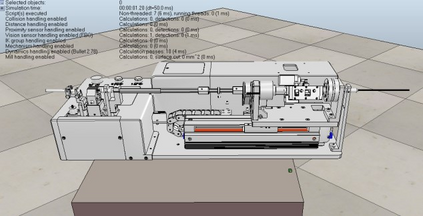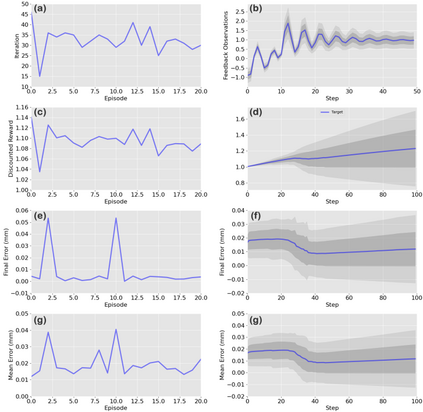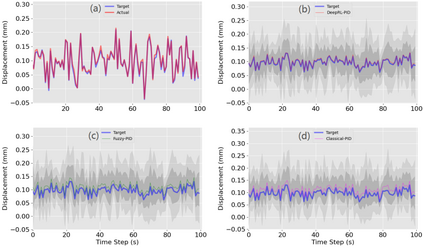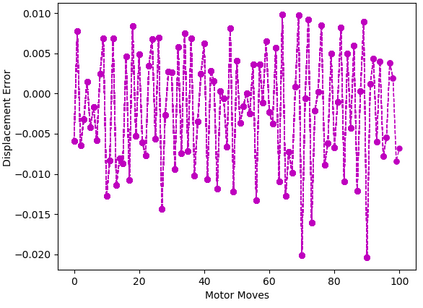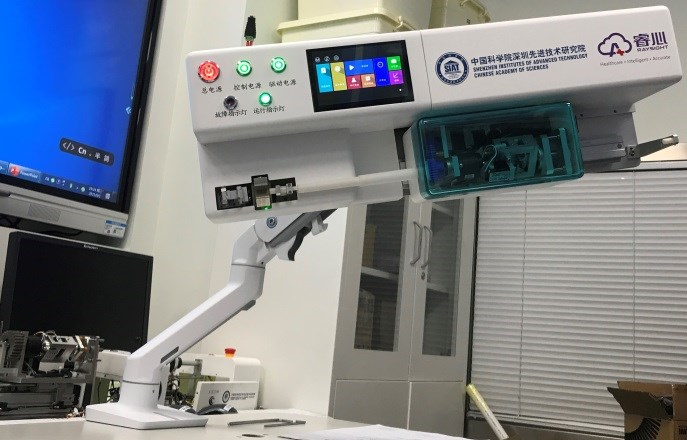Robotic catheterization is typically used for percutaneous coronary intervention procedures nowadays and it involves steering flexible endovascular tools to open up occlusion in the coronaries. In this study, a sample-efficient deep reinforcement learning with episodic policy transfer is, for the first time, used for motion control during robotic catheterization with fully adaptive PID tuning strategy. The reinforcement model aids the agent to continuously learn from its interactions in its environment and adaptively tune PID control gains for axial navigation of endovascular tool. The model was validated for axial motion control of a robotic system designed for intravascular catheterization. Simulation and experimental trials were done to validate the application of the model, and results obtained shows it could self-tune PID gains appropriately for motion control of a robotic catheter system. Performance comparison with conventional methods in average of 10 trials shows the agent tunes the gain better with error of 0.003 mm. Thus, the proposed model would offer more stable set-point motion control robotic catheterization.
翻译:机器人导管化目前通常用于腹腔动脉干预程序,它涉及引导灵活的内心器工具,以打开日冕内隔热。在这项研究中,通过分导政策转移的样本高效深度强化学习首次在机器人导管化期间用于运动控制,同时采用完全适应的PID调制战略。强化模型帮助代理人不断从环境中的相互作用中学习,并在内心血管工具的轴导航中通过适应性调PID控制增益。该模型被验证为用于血管内导管的机器人系统的轴动控制。为验证模型的应用,进行了模拟和实验试验,结果显示该模型在机器人导管系统的运动控制方面可以取得自调PID的适当收益。与平均10项常规方法的绩效比较显示,该剂的增益比0.003毫米错误要好。因此,拟议的模型将提供更稳定的定点运动控制机器人导管。



